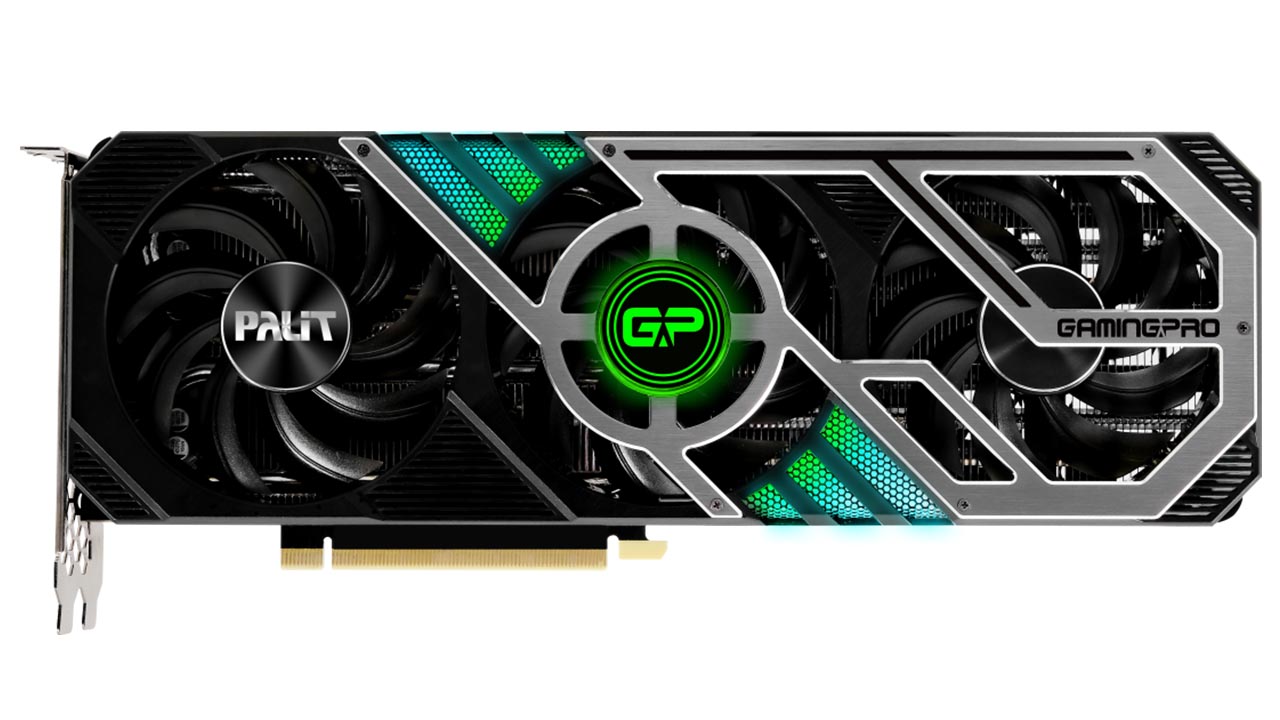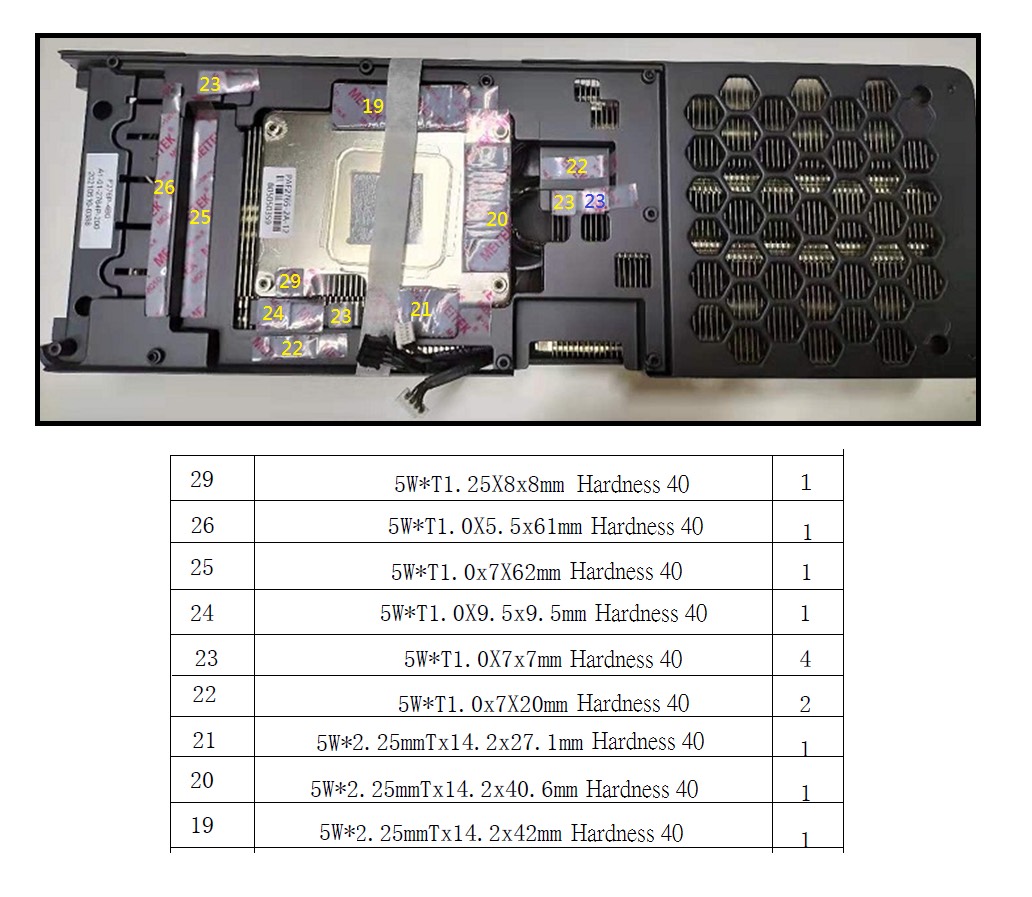Sizes guide
- The scrissor sign next to a size means it can be cut out from that slice of thermal pad. It is not the actual size! Example: 80x40x2mm
- One dimension size means it’s the thickness of that pad. Example: 1mm
- Two or three dimension sizes – with no scrissor sign – means it’s most probably an actual size. Example 100x14x1.5mm
About sizes
Sizes you find here come from various sources. Most of them reported by my clients whom successfully replaced their GPUs’ factory thermal pads with high quality aftermarket pads – getting significant results in their temperature drop. Some of these sizes are actual measurements and others just collected from random users on such websites like Reddit, YouTube or official / unofficial forums.
Do your own research
Please note that I cannot take any responsibility for the sizes appearing here. Do your own research as well before buying and replacing anything.
Tips
- Make sure your pads and GPU die contacts well with the heatsink.
- Always test your graphic cards and devices in controlled environment.
 English
English  Magyar
Magyar

Alan
This measures are not right. I change all my pads like this post and my card is still overheating. I bought same pads sizes and brands as you recommend but GPU die is overheating, so i need to try another pads thicknesses in my VRAM because of misinformation.
Felix
I bought a used bitcoin mining card of this specific model that overheats and shuts down at 70% load when testing 3dmark. The original thermal pads had badly degraded. Followed the guide here (the only usable guide in fact that I could google) to the letter and finally I could squeeze 100% load without overheating.